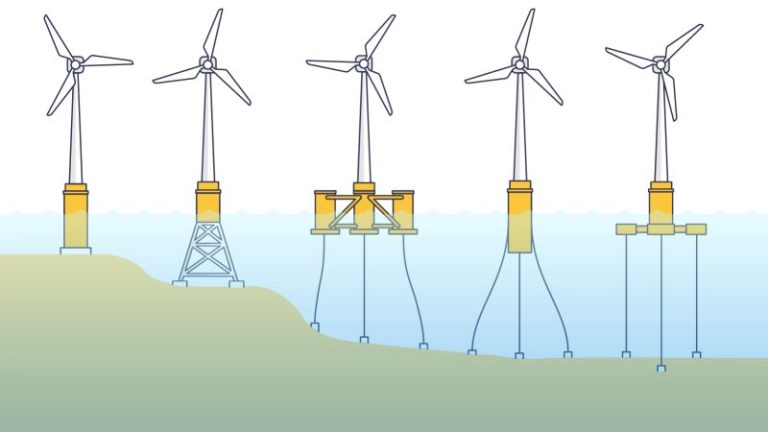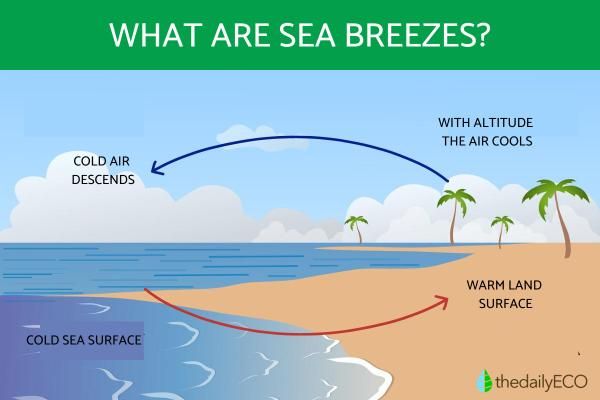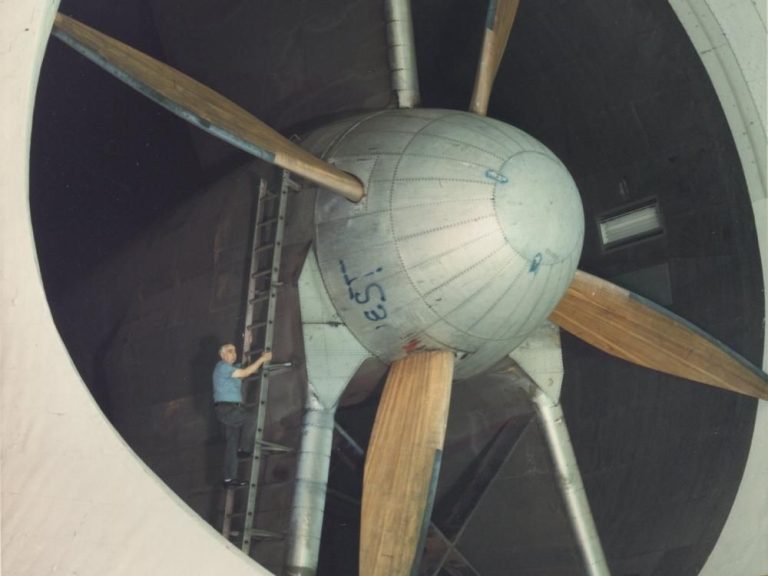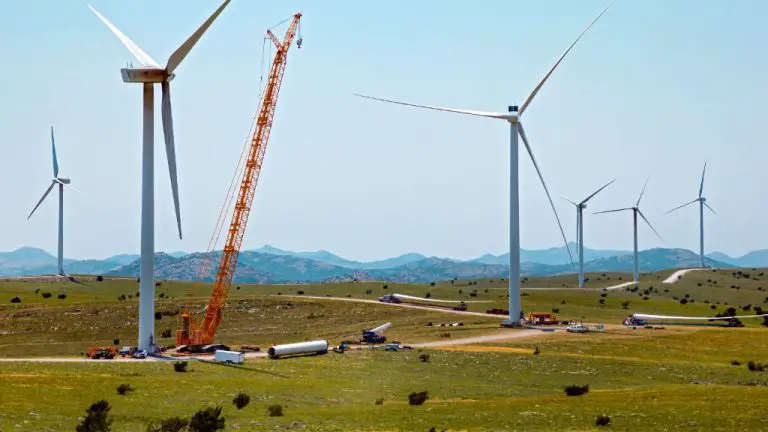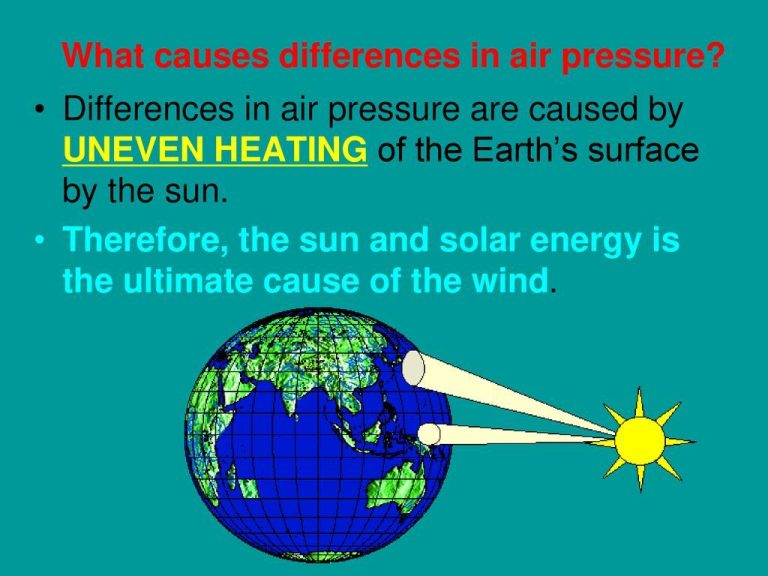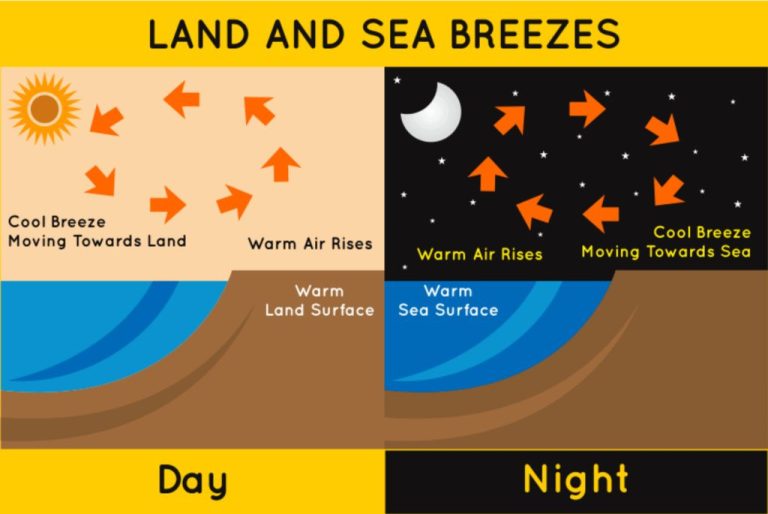Is It Harmful To Live Near Wind Turbines?
Wind turbines are renewable energy sources that convert the kinetic energy from wind into mechanical power. As wind turbines have become more widespread globally, there has been increasing controversy and debate around their potential negative health effects for people living nearby.
Those against wind turbines argue that the noise, vibration, flickering shadows, and other factors can lead to symptoms like headaches, anxiety, nausea, dizziness, and sleep disturbances for those living within 1-2 kilometers. This collection of symptoms has sometimes been called “wind turbine syndrome.”
However, many studies conducted by noise and health experts have not found clear evidence that wind turbines directly cause adverse health outcomes. They suggest that some individuals may experience annoyance from turbines, but there are no physiological effects. More research is still needed on if wind turbines can indirectly effect health by disrupting sleep.
Noise and Vibration
Wind turbines can produce noise as the blades spin through the air. This aerodynamic noise tends to increase with wind speed. Most modern wind turbines generate noise levels of around 45-50 decibels at a distance of 300 meters, similar to the background noise level in a typical bedroom (Marshall et al., 2023).
Infrasound refers to sound waves below 20 Hz, which is below the audible threshold for most people. Some people have expressed concerns that infrasound from wind turbines could cause health issues, even if it cannot be heard. However, research has not found evidence that inaudible levels of infrasound from wind turbines directly impacts health. One recent study exposed people to infrasound levels simulating a wind farm but found no effects on symptoms or sleep quality (Schmidt et al., 2023).
Audible noise from wind turbines at normal operating levels does not appear to directly cause health problems. However, noise annoyance could lead to indirect effects like sleep disturbance and stress. Proper siting and distances from homes can help minimize noise impacts.
Visual Impact

The visual presence and shadow flicker of wind turbines can potentially impact health and well-being in a few ways. First, some people find the physical appearance of wind turbines to be visually unappealing or out of place in natural landscapes, which can negatively affect their enjoyment of the scenery. However, perceptions of visual impact are highly subjective. Surveys have found that many people feel wind turbines have a majestic, graceful appearance or see them as symbols of clean energy.[1]
Shadow flicker, which occurs when rotating turbine blades periodically cast moving shadows, has raised more specific health concerns. However, research indicates shadow flicker does not pose a risk of inducing seizures in those with photosensitive epilepsy. Studies have shown the human flickering fusion threshold is much higher than the maximum shadow flicker frequency produced by turbine blades.[2] There is no scientific evidence that shadow flicker from wind turbines directly causes other health issues. However, shadow flicker can be an annoyance. Site planning to avoid casting shadows on inhabited buildings is one mitigation strategy.
Overall, while wind turbines can have a visual presence, available research does not support direct adverse health outcomes. With proper planning to minimize nuisance effects like shadow flicker, the visual impact of wind turbines appears low.
Ice Throw
Ice buildup on wind turbine blades can occur in cold climates during the winter months. As the ice builds up, there is a risk that chunks of ice can break loose and be thrown from the rotating blades (WindEurope, 2016). This phenomenon is known as ice throw.
While rare, ice throw has the potential to be dangerous if ice chunks are thrown onto nearby roads, houses, or other infrastructure. According to one report, ice pieces over 50 meters from a turbine have been recorded (Greensolver, 2021). Safety setback distances from roads and occupied buildings are often calculated to mitigate potential risks.
There are some strategies to help reduce ice buildup and shedding. These include specialized coatings on blades to prevent ice adhesion, de-icing systems using heating elements, and sensors to detect ice buildup and automatically shut down turbines when needed (Hahm, 2014). Proper siting of turbines can also help reduce exposure to areas frequented by people.
Though infrequent, ice throw remains a safety consideration in cold climates. With proper precautions and planning, the risks can be minimized (American Experiment, 2018). Continued improvements in ice prevention and detection technology can further enhance winter turbine safety.
Electromagnetic Fields
Wind turbines generate low frequency electromagnetic fields (EMFs) as the turbine blades pass through the generator’s magnetic field. Researchers have conducted studies to analyze if wind turbine EMFs can impact human health. One study by McCallum et al. in 2014 found that EMF exposure near wind turbines in Canada and Australia was well below the International Commission on Non‐Ionizing Radiation Protection (ICNIRP) guidelines, though some areas had transient spikes above typical background levels. However, the authors concluded that the risk of harmful exposure was minimal and the data did not suggest a potential risk to human health (https://ehjournal.biomedcentral.com/articles/10.1186/1476-069X-13-9).
Another literature review by Knopper and Ollson in 2014 looked at potential health effects of wind turbine EMF. They found that emissions around wind turbines were 1,000 times lower than the exposures known to induce harmful effects, such as childhood leukaemia. The authors concluded that EMF from wind turbines is unlikely to be harmful to human health (https://www.frontiersin.org/journals/public-health/articles/10.3389/fpubh.2014.00063/full).
Overall, current research suggests wind turbine EMF is well below levels known to impact health, though additional long-term epidemiological studies are still needed. Proper siting and setbacks from homes can also further reduce EMF exposures.
Physical Safety
One concern regarding wind turbines is the potential for mechanical failures or ice throw that could endanger nearby people or property. There have been some reported incidents of blade failures or throws causing damage, though the chances are relatively low.
According to an analysis by Renew Economy, wind turbine failure rates appear to be gradually rising as the industry has rapidly expanded, leading to higher maintenance costs for operators [1]. However, a 2021 study in the journal Energies analyzed wind turbine failure data and found an average failure rate of 2.57 failures per turbine per year, with modern turbines tending to have lower failure rates [2]. The most common failures were related to the electrical system, sensors, and blades.
While concerning, blade failures and throws are still relatively rare events. Proper turbine siting, regular maintenance, and improved blade materials can help minimize this risk. One analysis found the probability of being struck by a blade fragment to be around 1 in 10 million, lower than risks from bird strikes or lightning [3]. Overall, modern wind turbines are generally safe for nearby residents when sited appropriately.
Psychological Effects
Some evidence suggests that living near wind turbines may have negative effects on mental health for some people. One study found that people living near industrial wind turbines reported decreased quality of life, annoyance, stress, and sleep disturbances. These symptoms sometimes manifest as anxiety or depression. However, the causes of these psychological effects are debated.
Some claim that wind turbine noise, vibrations, or flickering shadows are responsible for anxiety and depression in people living very close to turbines. Others suggest that negative attitudes and worries about wind turbines prior to construction make some people more susceptible to reporting mental distress. There is likely a complex interplay between physical factors like noise and individual attitudes affecting mental health outcomes near turbines.
More research is still needed to definitively establish the rates of anxiety and depression near wind farms and determine the underlying causes. While further impacts on mental health remain uncertain, some mitigation measures like increased setback distances may help address these concerns. As with any infrastructure project, properly addressing community concerns is vital for protecting wellbeing.
Property Values
There has been conflicting evidence on whether wind farms negatively impact nearby property values. Some studies have found declines in property values for homes located close to wind turbines. For example, a 2023 study published in The Appraisal Journal found that properties within 1 mile of a proposed wind farm decreased in value by 11% on average following the announcement of the project (Source). However, other research has not shown a negative impact on property values from wind farms. A 2018 report from the Center for Rural Affairs examined multiple studies and concluded that wind projects have not led to lower property values or made homes more difficult to sell (Source). More research is still needed to fully understand the relationship between wind turbines and property values. Factors like the number of turbines visible, distance from turbines, and community attitudes may influence the extent of any impacts.
Mitigation Measures
There are several mitigation measures that can be taken to reduce the potential impacts of living near wind turbines. Many jurisdictions require minimum setback distances between turbines and homes to help mitigate noise and shadow flicker effects. For example, the state of Wisconsin recommends turbines be placed at least 1,250 feet from homes (https://www.energy.gov/eere/wind/articles/wind-turbine-radar-interference-mitigation-fact-sheet). Increasing setback distances can help reduce noise and vibration impacts. Proper siting to avoid common flight paths and nesting grounds can help mitigate bird and bat mortality. Radar systems can also be upgraded with filtering technology to avoid interference from turbine blades (https://www.energy.gov/eere/wind/articles/wind-turbine-radar-interference-mitigation-fact-sheet). Shadow flicker effects can be minimized by placing turbines outside of the sun’s path between source and receptor. Operating turbines so blade rotation is parallel to the sun can also help in some cases. With careful siting, setback considerations, and upgrades to surrounding infrastructure, many potential wind turbine impacts can be effectively mitigated.
Conclusions
Based on the evidence, living near wind turbines does appear to pose some potential health risks, though the severity and prevalence of these risks are still debated. The most common issues reported are sleep disturbances and annoyance from noise, visual impacts, and stress/psychological effects. However, numerous factors influence the degree of impact, including turbine size, distance from homes, topography, and more. Many of the reported effects are subjective and self-reported, making causation difficult to establish definitively. Overall, any risks seem relatively low for most people, though more vulnerable groups like the elderly and those prone to migraines/motion sickness may be at higher risk. With proper siting and noise mitigation strategies, wind farms can likely co-exist near residential areas with minimal harm to human health. But there are legitimate concerns that require ongoing monitoring and research. More long-term epidemiological studies are needed to provide conclusive evidence on the safety and health impacts of living near wind turbines.

